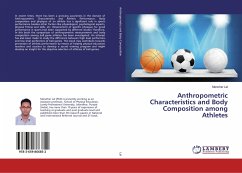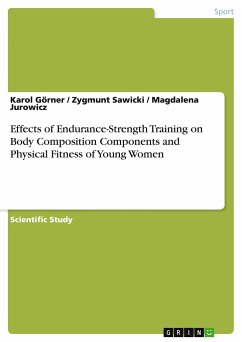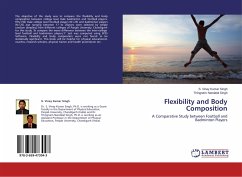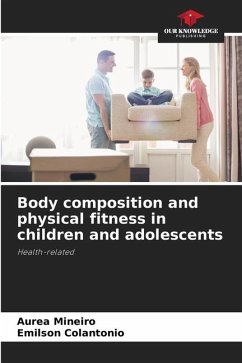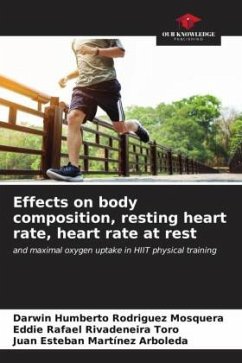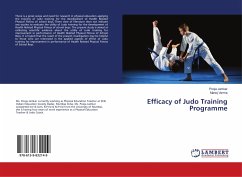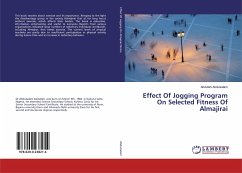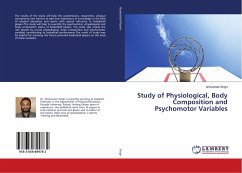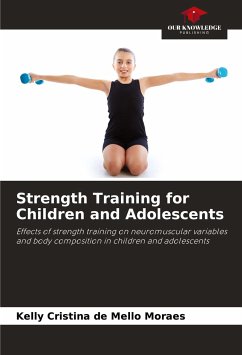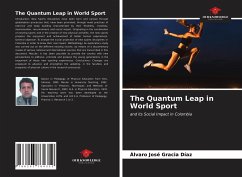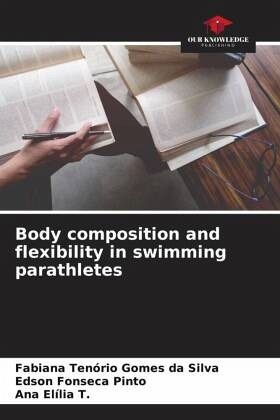
Body composition and flexibility in swimming parathletes
Versandkostenfrei!
Versandfertig in 6-10 Tagen
27,99 €
inkl. MwSt.

PAYBACK Punkte
14 °P sammeln!
The adapted sport has been growing alarmingly, in quantitative terms, we can observe that according to Aparecida (in Collections of texts in Olympic studies, 2000), the growth in the number of participants in the Paralympics is very expressive with an increase of 3610 paratletas in the period from 1964 to 2005. For Celia, Maria and Tirapegui (2008), the involvement of people with physical disabilities in sports activities is important for many reasons, among them socialisation, self-esteem, self-control and self-confidence are very important. The objective of this work was to identify the body...
The adapted sport has been growing alarmingly, in quantitative terms, we can observe that according to Aparecida (in Collections of texts in Olympic studies, 2000), the growth in the number of participants in the Paralympics is very expressive with an increase of 3610 paratletas in the period from 1964 to 2005. For Celia, Maria and Tirapegui (2008), the involvement of people with physical disabilities in sports activities is important for many reasons, among them socialisation, self-esteem, self-control and self-confidence are very important. The objective of this work was to identify the body composition and flexibility of swimming athletes with physical disabilities of the SESI Club, from which data were collected regarding body composition, where twelve protocols of skin folds plus bioimpedance were used, having as methodology the intentional descriptive form.



